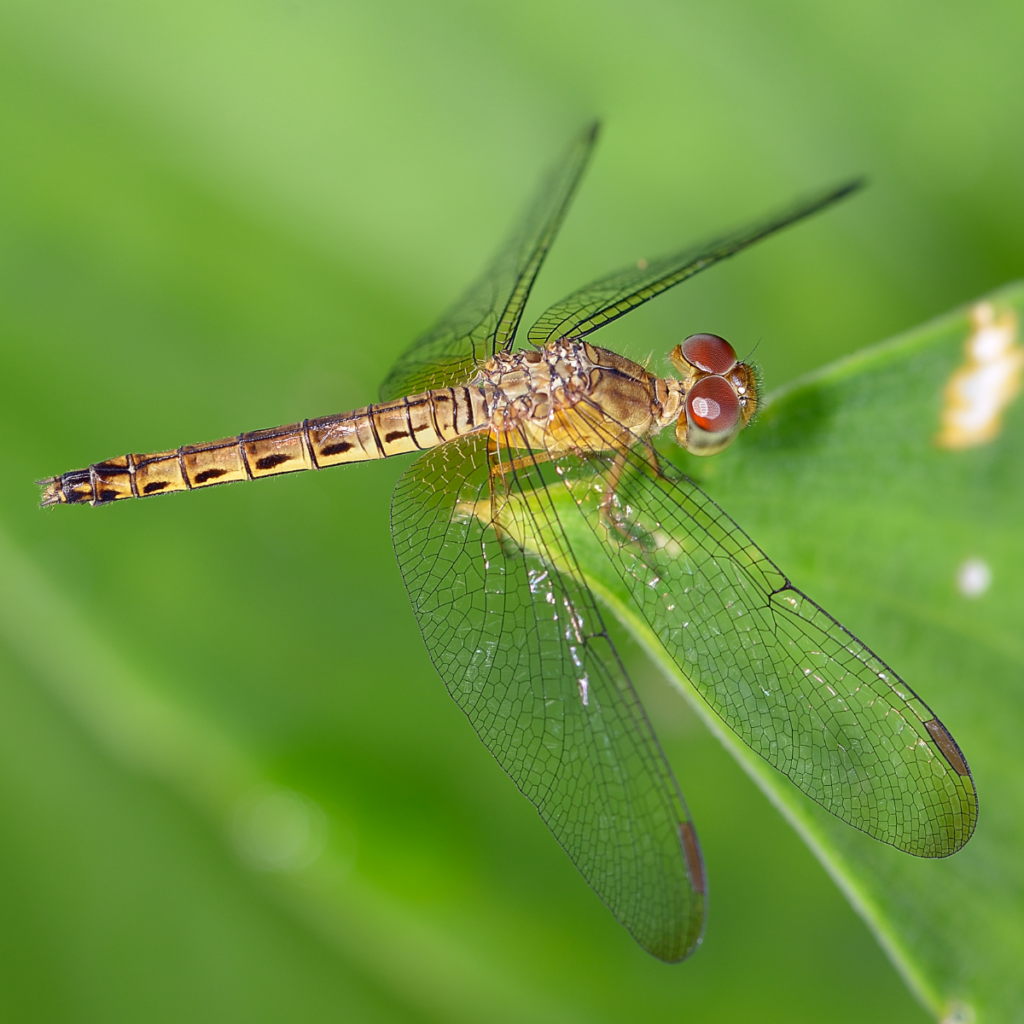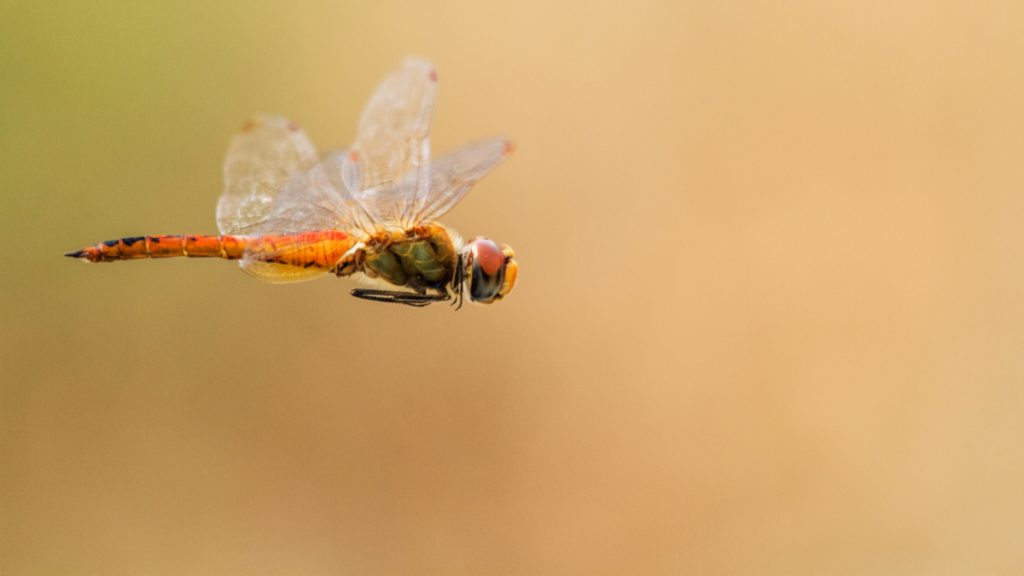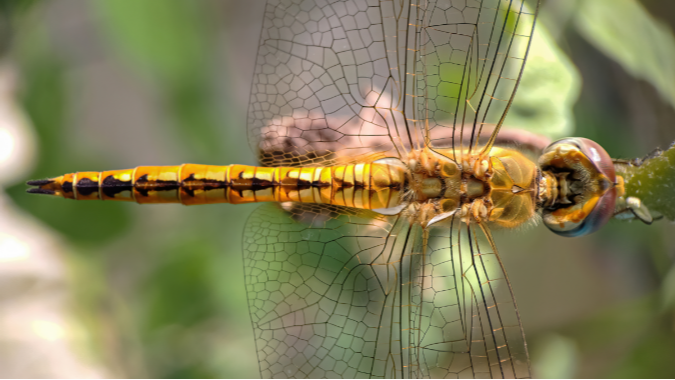Welcome back to the Lab!
Happy first day of fall! As temperatures cool off and day length wanes, many animals are preparing themselves for the onset of winter. For insects, this can mean several things: some undergo a process of cold-hardening, where their bodies experience physiological and chemical changes to help them tolerate below-freezing temperatures. For others, it means passing their genes on to the next generation. Many adult insects and arthropods die off during this time, leaving their eggs to overwinter and hatch in the spring. For a handful of insect species (approximately 71, according to entomologist Mike Quinn) cold weather means it’s time to move.

The most well known insect migration is of course, that of the North American monarch. We touched on the specifics of this popular phenomenon in a previous issue broadly covering insect migration. But while monarchs get all the glory for their 3,000 mile, intergenerational journey, another insect has been flying under the radar; or rather, above it, as some evidence suggests that Pantala flavescens, the aptly named globe skimmer dragonfly, is not only capable of traversing oceans, but mountain ranges in the most impressive global insect migration known to science.

Pantala flavescens is a small, unassuming dragonfly with a worldwide distribution. Like all dragonflies, the immature stages are aquatic. After hatching, the larvae hunt with a voracity that matches their airborne parents, consuming other aquatic insects and even small fish in their aquatic habitat. For the globe skimmer, the larval development stage is relatively short; only about 1-2 months, which allows them to develop in shallow, temporary pools. This short developmental period may play a key role in the dispersal of the species, as it is thought that the global migration is driven by the movement of the Intertropical Convergence Zone. This weather phenomenon occurs where the northeast and southeast trade winds converge near the equator, bringing with it heavy rains and rising heat. It is thought that the dragonflies not only make use of the winds to fly long distances (up to 3,000 miles for a single individual), but follow the rain patterns to lay eggs in the temporary pools left behind by monsoon season.

Exploiting migratory weather phenomena is not the only advantage the globe skimmer has developed in the course of its evolutionary history. From a physiological standpoint, the globe skimmer is perfectly adapted to long distance flight. Dragonflies in general are well known for their flight capabilities; the ability to maneuver each wing independently leaves them unmatched as aerial predators. The globe skimmer’s wingspan is nearly double the length of its diminutive body, with wings that are widened at the base to promote gliding long distances. Unfortunately for scientists, the bodies of these dragonflies are so small that tracking them using modern telemetry is nearly impossible. Because of this, the specifics of their migration patterns are still largely a mystery.
So how do we know this species is still crossing the globe and not just reproducing locally? After all, there are plenty of insect species with distributions that span continents, largely in part to the movement of people. For several years, researchers suspected that the worldwide population of globe skimmers was actually a single interbreeding population, as opposed to geographically isolated populations. In 2016, scientists sampled the DNA from groups of Pantala flavescens found in Guyana, Japan, India, and the United States, and found minimal genetic diversity between the groups, suggesting that gene flow (the movement of genes into and out of a population) is occurring in these populations on a global scale. Even more recently, researchers used stable-hydrogen isotopes to determine the migratory route of globe skimmers passing through the Maldives, and found that the dragonflies not only had to cross the Indian Ocean, but potentially the Himalayas, suggesting that their migration may be even longer than previously assumed. Considering the obstacles the globe skimmer faces, as well as the whopping 11,200 miles they cover over several generations, it may be time for the monarchs to pass the crown.
Until next time, thanks for visiting the lab!
Bug Wrangler Brenna
brenna@missoulabutterflyhouse.org
Want to revisit a previous Notes from the Lab issue? Check out our archive! Do you want to request a subject for an upcoming issue? Email me at the address above and put “Notes from the Lab” in the subject line.